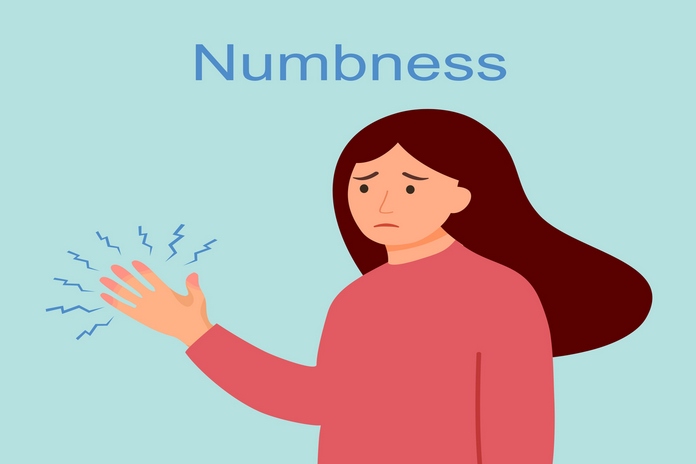Signs and Symptoms Associated with Hand Pain

Before describing the signs and symptoms that people usually feel along hand pain, it is important to define what hand pain is. When you talk about hand pain, it usually refers to actual pain in your hands, for example, after you hand-squeeze a towel or after trauma. But hand pain is more complex than that. Pain can be described as a burning sensation instead of the usual piercing symptom we often feel. It should also be differentiated from tenderness, which is pain triggered by touching, as described below.
In many cases, hand pain is experienced together with other signs and symptoms that will guide the diagnosis. For instance:
- Stiffness: It is a sensation of not being able to move your hands freely. They feel stuck or become difficult to move. Stiffness is sometimes triggered by the pain itself when a given movement triggers pain, and patients avoid moving their hands. That’s why it is essential to differentiate between stiffness and a reduction in the range of motion caused by pain. The articulations in the hand are locked and become difficult to move. In some cases, stiffness happens in the morning and after periods of inactivity. This is common in osteoarthritis and other forms of arthritis.
- Swelling in your hands: Pain usually comes as a consequence of inflammation. So, if your hands hurt, there is probably inflammation going on. However, it is not always noticeable. When inflammation causes an increase in volume, redness, and changes in temperature, it is called swelling. It means that inflammation is very severe and causes visible symptoms besides pain. This is also a symptom of arthritis, but it is sometimes necessary to differentiate swelling from edema, which sometimes happens in kidney disease.
- Nodules or lumps in your hands: This is also a sign of rheumatoid arthritis and similar diseases. The hands become deformed and start changing their appearance. One of the visible changes is having nodules or lumps in your hands. They can contribute to the pain or not. Another hand problem that involves the formation of nodules in the hands is Dupuytren’s contracture. This is a thickening of the fascia underneath your skin and causes severe stiffness.
- Muscle weakness in your hands: It is also common to experience loss of strength in your hands, especially when you are trying to grip or get hold of something. The muscle tissue can be affected by inflammation, or maybe the root of the symptom is a nervous trigger. So, in these cases, we should rule out arthritis and inflammatory causes, but also carpal tunnel syndrome and other nervous system diseases.
- Numbness and tingling: This is another important symptom of neuropathy, especially in carpal tunnel syndrome. Numbness is a reduction in the sensory input of your hands, and it feels like you’re under anesthetics. Tingling is a sensation of pins and needles in your hands, especially in your fingers. In carpal tunnel syndrome, the most commonly affected fingers are the thumb, the middle finger, and the index finger.
